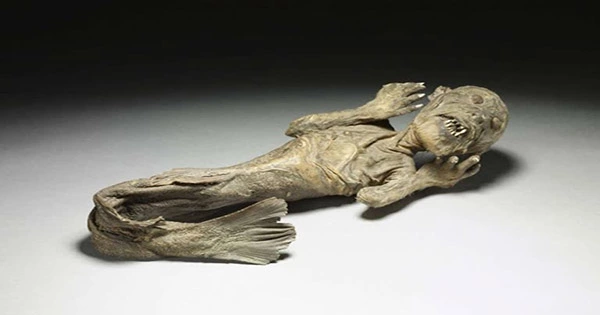Whales are born tail first, did you know that? They are able to swim from day one when they enter their aquatic world. Their natural inclination is to swim to the surface for air as soon as they are born.
Some can’t wait to dive into the deep blue, but the majority prefer the luxuries of staying in their mother’s belly until they reach warm northern Australian seas.
The official start of the whale-watching season is in May, but we’ve already gotten a thrilling preview with the recent sighting of a mother and calf pygmy blue whale in the waters off Western Australia.
Even though it’s unusual, we won’t likely see another mother and calf whale sighting this year. Soon, we’ll start spotting different whale species traveling around Australia’s west and east coasts.
Why are whales coming here?
Generally speaking, whales migrate to Australian waters in the winter to breed.
Depending on where you are on the Australian coast, you’ll probably see at least the main migratory baleen (toothless) whale species.
These include the iconic humpback whale, the southern right whale, dwarf minke whale (east coast mainly) and possibly the pygmy blue whale (west coast).
To reproduce and give birth to calves, the first three species normally move north to warmer waters. They gained a lot of weight during the summer while grazing in the seas of the Antarctic and Southern Ocean. They are now prepared to invest their energy in traveling north to reproduce.
In contrast, pygmy blue whales typically stay in Australian waters over summer. After passing Perth, they continue along Australia’s west coast until entering foreign seas like the Banda Sea, where it is believed that they spawn all year round.
The making of a whale calf
Baleen whales are mammals just like you and me. A humpback whale is pregnant for 11-12 months. So female humpback whales that fell pregnant in Australian waters during the last breeding season are likely to give birth this year.
A female humpback whale may mate with multiple males. Males may sing and/or fight to mate with females. Males provide no parental care for their young.
A humpback whale mother may produce a calf every two to three years. This short turnaround is probably one of the factors contributing to the successful post-whaling recovery of Australian humpback whale numbers.
The ultimate water birth
Antarctic waters are too cold for a newborn calf. This is one reason why humpback whales travel to warmer water to breed.
Whales rely on a lot of blubber to keep them warm. Warm Australian seas are the optimum setting for calves to be born because they have very little body insulation.
The Kimberley region on Australia’s west coast and the Great Barrier Reef on its east coast are traditionally the humpback whales’ northern nesting grounds.
Globally, humpback whale breeding waters are ideal at temperatures between 21℃ and 28℃. With climate change and an expansion of warming waters, this area is increasing.
Why do we sometimes see mothers with calves traveling north?
Sometimes we see mothers with newborn calves well south of traditional breeding grounds. This is most likely the case with the recent pygmy blue whale sighting.
Both humpback and dwarf minke whale mothers have recently been seen moving north with their young off the east coast of Australia. Maybe the perfect and warm waters are to blame for this, or maybe some calves are merely impatient to meet the outside world. Maybe this happens more than we think, with efforts to document this still ongoing.
On the swim for multitasking mothers
Once a calf is born, mothers continue to swim with the calf alongside her. This is the most efficient position where the calf is able to swim in her slipstream.
During this time, they may stop and rest. The calf is able to suckle milk from mum’s mammary glands. This fatty milk is perfect for putting on blubber. And don’t worry whale mums, humpback whale calves don’t have any teeth. In fact, all baleen whales, like humpback whales are toothless. Instead of teeth, they have baleen, which are long hair like structures they use to filter feed when they are older.
Breastfeeding responsibilities also arise during the mother’s migration, when she must watch out for predators like orcas, human threats like ships and fishing gear/nets, and try to steer clear of males who might want to mate with her.
She is probably fasting at the same time, relying on energy reserves found in Antarctic waters, which is impressive.
If conditions are favorable, she may also take the chance to feed in Australian waters. Talk about the ultimate underwater mother!
How can you see a mother with calf?
You just never know what you might see when whale watching. Although the northern breeding areas are where you have the best chance of seeing a mother and calf pair, you might also see them migrating north or returning south to Antarctic seas. The good news is that depending on where you are in Australia, you can go whale watching from both land and on the water.
Fortunately, all whales in Australian waters are protected. Mothers with calves afford special protection. If on the water or flying a drone, please keep them safe and keep your distance.
Whale mothers truly are tremendous multitaskers who never cease to amaze me.
















